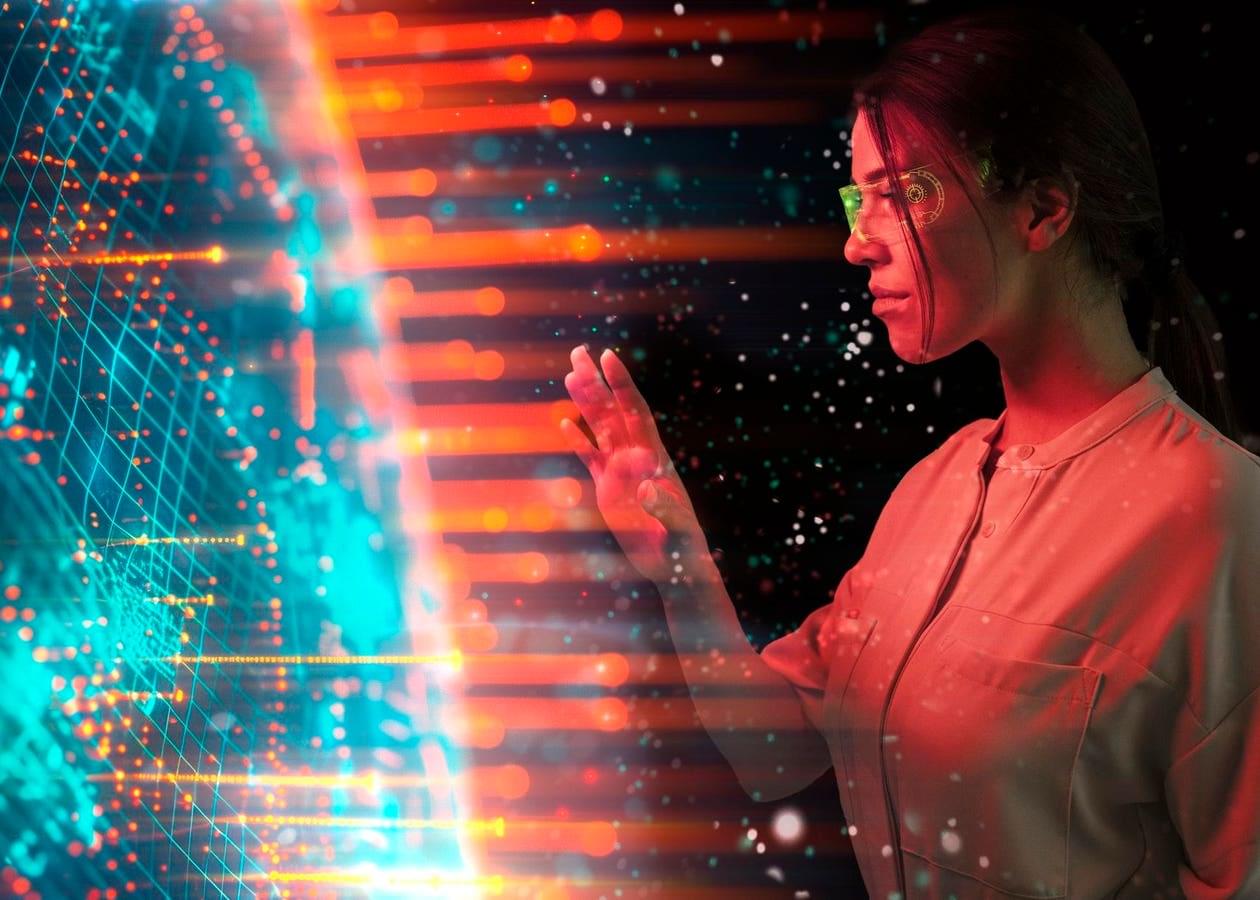Well, now the Ultra is officially been released A handful of Chinese media drivers have finally gotten behind the wheel for a review—both in the context of on-the-road driving and hammering it in more aggressive circumstances. Haoran Zhou, the former car PR person and F1 reporter, did a lead-follow of the SU7 Ultra on track.
I have to note that this is technically a step down from the full-race-ready track-prepped version that Xiaomi sent around the Nürburgring. The two cars still have the same 1,526 horsepower, but the lap-setting version has essentially a full carbon-fiber body, complete with huge brake ducts right into the side of the car. This version uses mostly the body of the standard SU7, although it does have a new aluminum hood.
Because of this, the SU7 Ultra is still as fully featured as the standard car. Zhou spent half of the video using Xiaomi’s driver assistance features. It appears to work as well as the standard SU7, but Zhou did remark that it was a little surreal to have a 1,500-horsepower car do some sort of autonomous driving. “I’m trying my best to find a positive use case for it,” he said, theorizing that these features would save wear and tear on the vehicle itself between track day use. “No normal human being would be driving like this in an SU7 Ultra,” he said.



